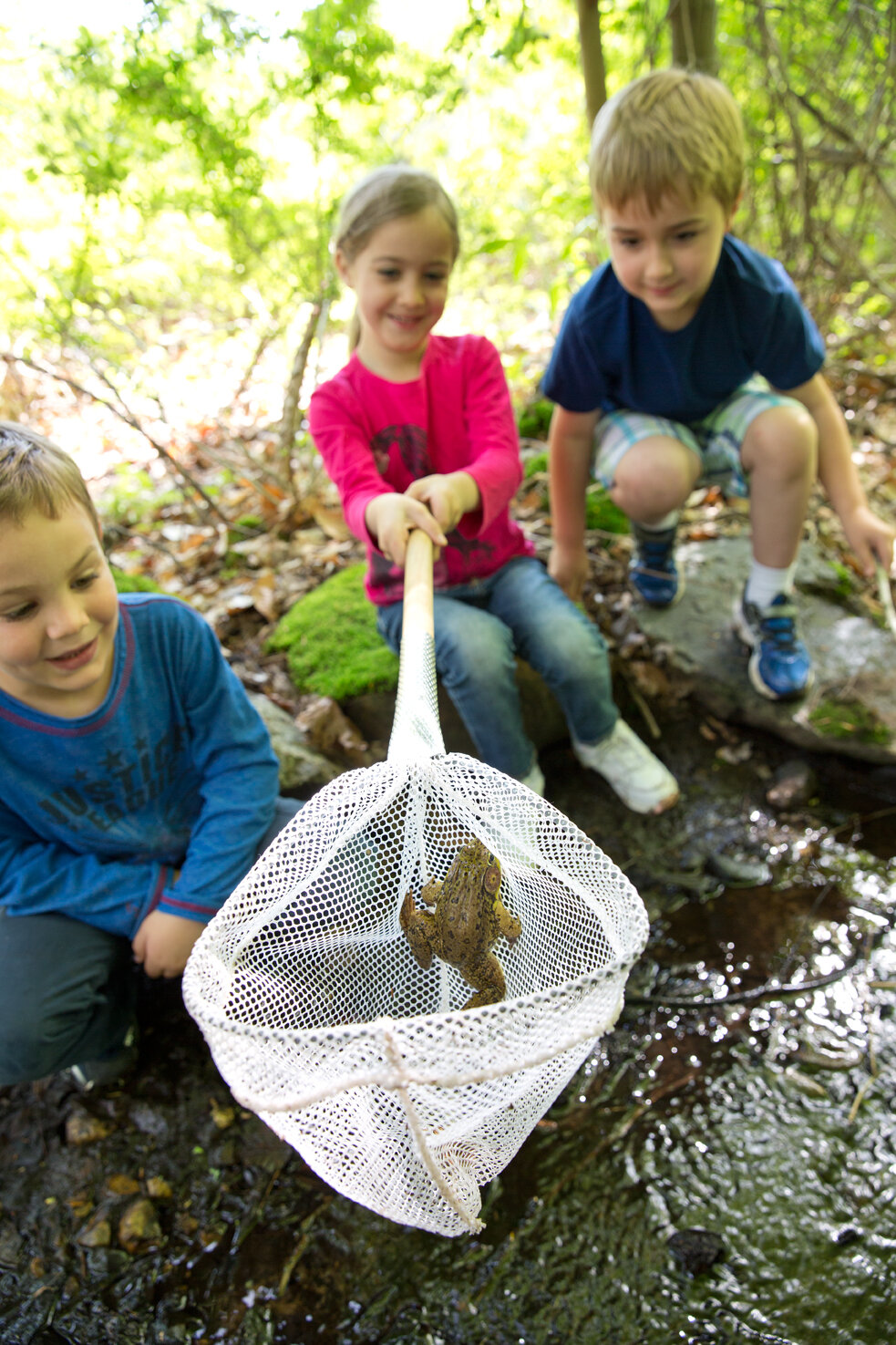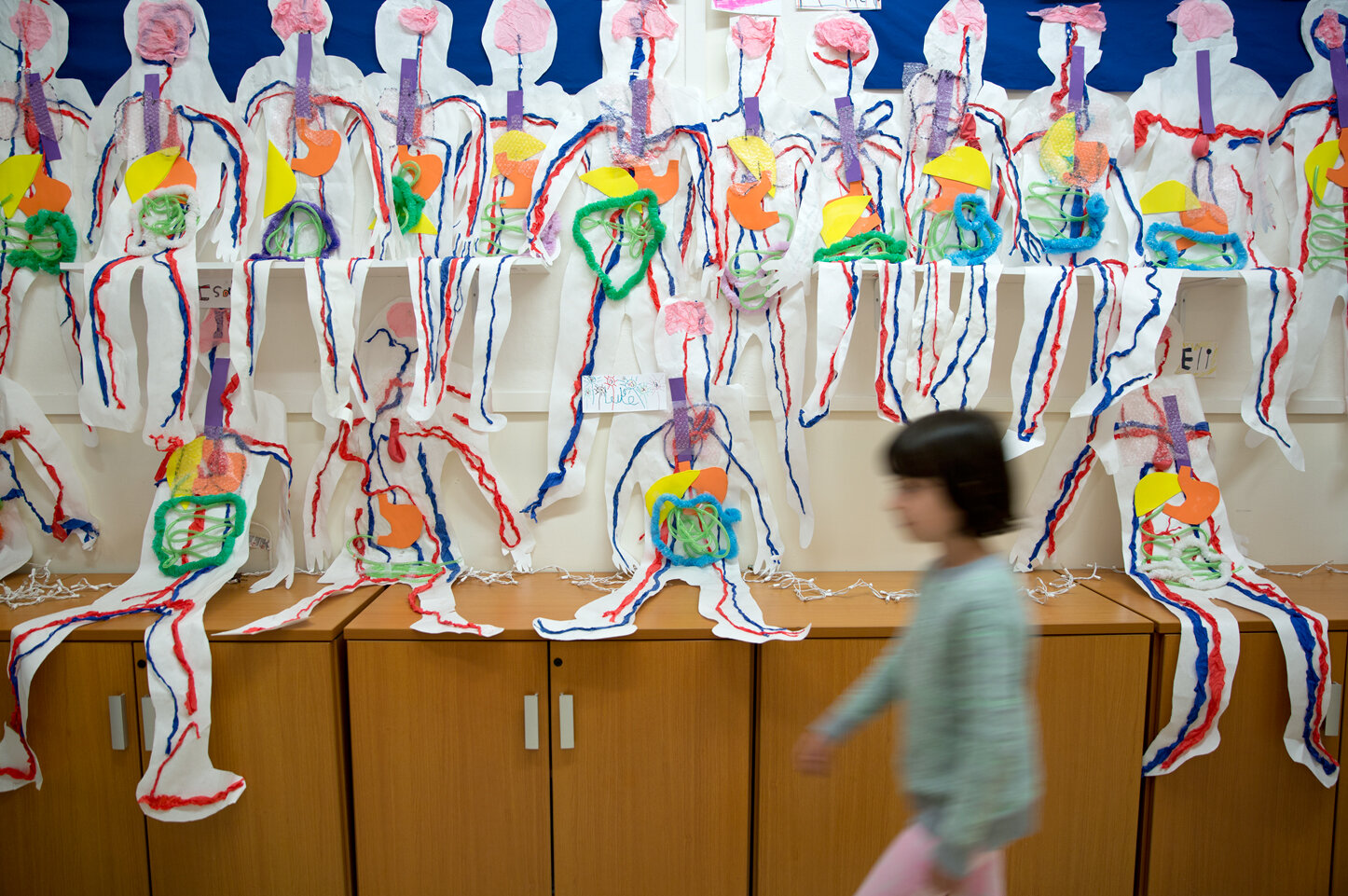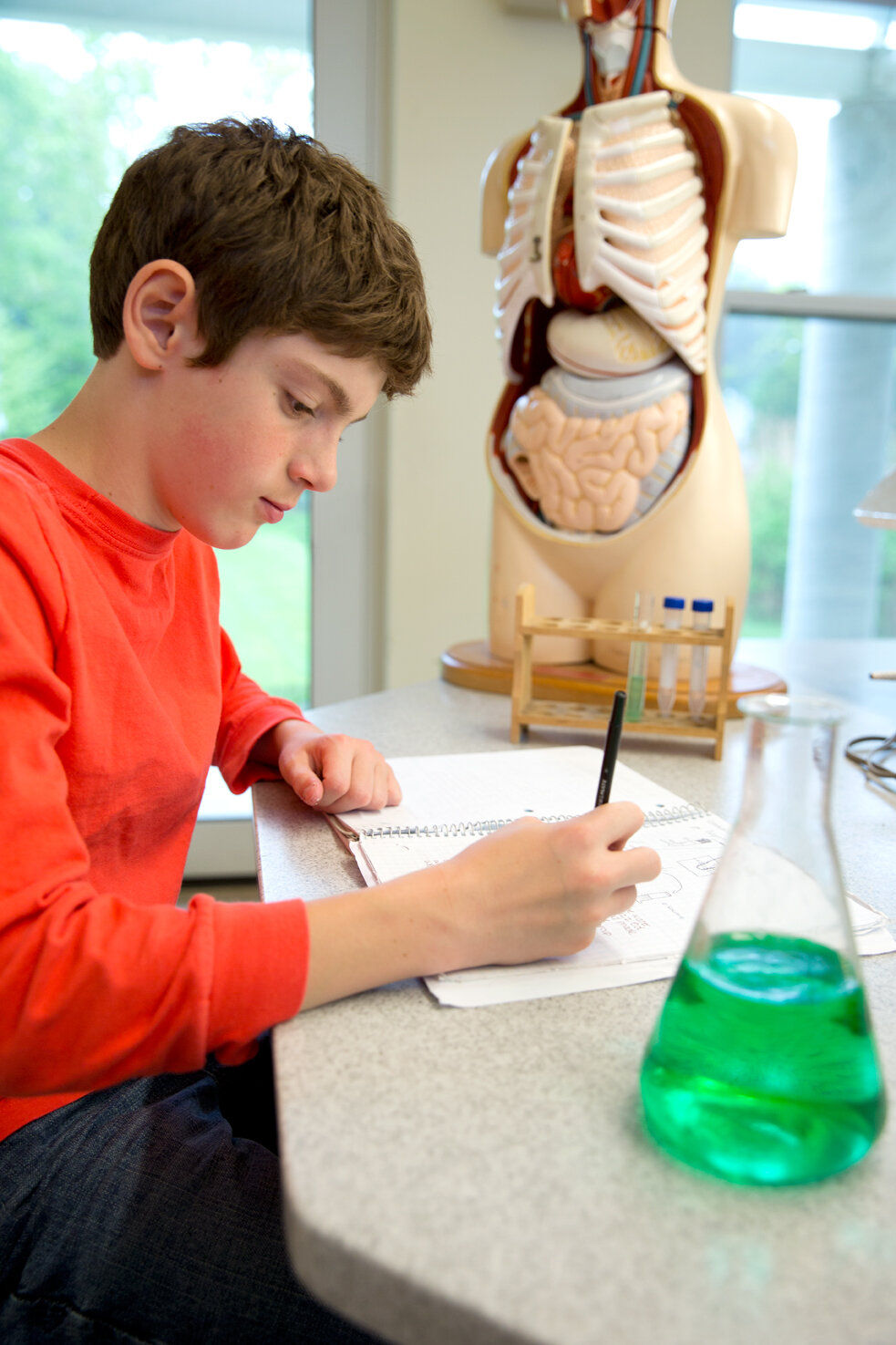What is Spiraling Curriculum and How Does it Lead to Deeper Learning?
“We begin with the hypothesis that any subject can be taught effectively in some intellectually honest form to any child at any stage of development.” - Jerome Bruner
American psychologist, Jerome Bruner, believed that even the most complicated topics, if presented properly, can be understood by even the youngest children. At GUS, we agree. It is with this belief that we often compare our curriculum to a spiral, but what exactly does that mean? Curriculum is usually thought of as a linear progression-certain knowledge and skills are a prelude to future learning. A spiraling curriculum, where ideas and concepts are introduced and taught in multiple grade levels in developmentally appropriate ways, was a key part of the founders’ vision for Glen Urquhart School. And, while it cannot be disentangled from other aspects of the GUS philosophy of teaching (child-centered, individualized, thematic, integrated, and experiential learning), it remains an important part of the GUS approach to progressive education.
“The themes of the GUS curriculum lend themselves to a spiral curriculum because they start with the children themselves and gradually move, in expanding circles, away from the students into their communities and the larger world.” - Upper School Social Studies Teacher Christine Draper.
Revisiting, not Repeating
It is important to note that spiraling does NOT mean repeating the same skills and content over and over. It involves being introduced to simple concepts and then gradually building on them in complexity. For example, in Kindergarten, students may learn to count by 2s or 10s, however, in third grade they learn mathematical notation for skip counting in the form of multiplication. Having prior experience skip counting numbers allows children to later learn the term multiples. In science, students in first grade may learn the five senses and the names of the organs involved, but in later grades students conduct dissections of animals and observe these systems in greater depth.
“Spiraling is consciously being aware that children are experts at finding patterns and making meaning of the world around them. It’s recognizing that certain knowledge and skills recur throughout a child’s education and paying attention to how that knowledge and skills are taught.” - Third Grade Teacher Christopher Doyle
Some spirals cover a student’s whole time at GUS. For example, in second grade the students make a flipbook based on their personal observations of the moon; in third grade they learn how the movements of the sun, earth, and moon cause the changes they observed; in fifth grade they add more layers of astronomy to their understanding; and in sixth grade they learn how people of the past used the movements of the sun, moon, and stars to develop complex calendars, and the effect of the moon on tides on earth. Others are shorter spirals. In sixth grade social studies, we introduce the agricultural revolution and the rise of civilizations and follow up in seventh grade with how those gave rise to patriarchy. Care for the earth spirals through every grade from Pre-K to eight.
So why do we spiral?
Spiraling is rooted in brain-based and cognitive science. A spiraling curriculum encourages reinforcement of previously-learned concepts, which promotes the retention of skills in later grades. Students can continuously be looking back at concepts. Think of it as incorporating new information with old information. The new information has a context to attach itself to, which was established in earlier grades. Gradually building up residual understandings through repeated exposure is more conducive to how our brains operate, rather than trying to learn the entirety of a complex concept all at once, in a single grade. Spiraling also allows for more integration with other subject areas. Touching upon geometry in an art or engineering lesson, for example, promotes a broader sense of how knowledge is applied and used, bringing learning beyond factual recall and into students’ lives in a tangible way.
It is always our goal as teachers to start with each student exactly where they are, and to bring them further along in the learning process. Seeds of knowledge planted in earlier grades are nurtured and cultivated as children grow, and when they encounter an idea they’ve seen before, they respond with a spark of recognition, igniting renewed curiosity and interest. The GUS spiraling curriculum lays a strong foundation for further and deeper learning that is a cornerstone of a GUS education.




